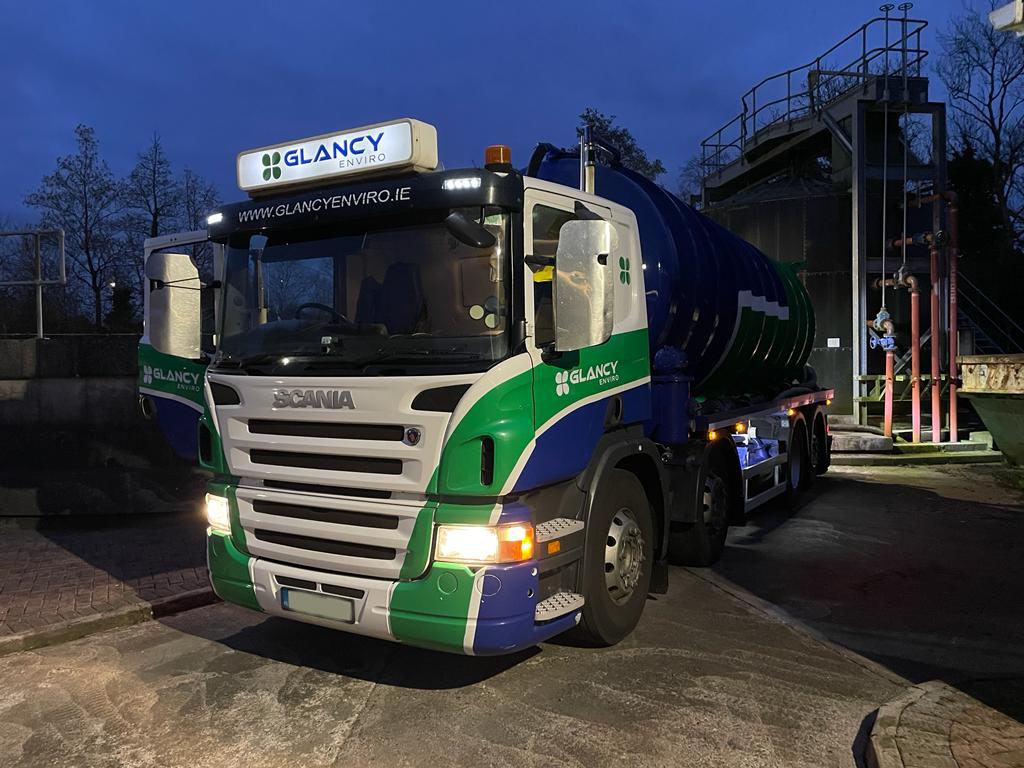How Reclaim Waste can Save You Time, Stress, and Money.
How Reclaim Waste can Save You Time, Stress, and Money.
Blog Article
Reclaim Waste Things To Know Before You Buy
Table of ContentsThe 6-Second Trick For Reclaim WasteAn Unbiased View of Reclaim WasteReclaim Waste for BeginnersThings about Reclaim WasteSome Ideas on Reclaim Waste You Need To Know
Check out the types, events, and types of liquid waste. Domestic sewer waste refers to the waste and items from a domestic septic storage tank. This kind of waste is produced by human beings in homes, institutions, and various other structures. This only consists of septic tanks that have a drainpipe area. The appropriate monitoring and disposal of domestic sewage waste need fluid waste to be moved to a sewage treatment plant where the correct methods and tools are applied to purify and dispose of waste.
Commercial waste usually includes prospective threats, such as flammable products or a combination of fluid and solid waste items, and calls for an advanced and thorough disposal process. The disposal of business waste usually entails the filtration of waste before transport to make sure secure and correct disposal. Hazardous waste is developed from by-products and drainage of commercial procedures and manufacturing.
This sort of waste can not use the exact same sewage monitoring transport or processes as septic or industrial liquids. The hazardous waste management process calls for the inspection and screening of fluid waste before it undertakes the disposal process (liquid waste disposal). Drainage waste is the liquid waste that comes from runoff and excess stormwater in highly populated areas or cities
Runoff waste can create contamination and flooding if not taken care of properly. Making certain correct waste monitoring can protect against catastrophes and decrease environmental injury.
How Reclaim Waste can Save You Time, Stress, and Money.
Call PROS Services today to discover our waste monitoring and disposal solutions and the correct methods to look after the liquid waste you generate.
(https://reclaim-waste-f27e88.webflow.io/)Do you know what happens to your water when you disengage, flush the bathroom or drain the washing device? No? Well, it deserves understanding. This so-called 'wastewater' is not only an essential source yet, after therapy, will certainly be released to our land, waterways or the sea. Made use of water from commodes, showers, baths, kitchen sinks, washings and industrial procedures is understood as wastewater.

water made use of to cool equipment or tidy plant and equipment). Stormwater, a type of wastewater, is runoff that streams from agricultural and city areas such as roofs, parks, yards, roadways, courses and gutters right into stormwater drains, after rainfall. Stormwater moves without treatment straight to local creeks or rivers, ultimately getting to the ocean.
Not known Incorrect Statements About Reclaim Waste
In Queensland, most wastewater is dealt with at sewer therapy plants. Wastewater is moved from residential or commercial websites with a system of sewers and pump stations, known as sewage reticulation, to a sewage therapy plant.
The Department of Natural Resources encourages city governments about handling, operating and maintaining sewerage systems and therapy plants. In unsewered areas, local federal governments might need householders to install individual or house sewage treatment systems to treat residential wastewater from bathrooms, kitchen areas, shower rooms and laundries. The Department of Natural Resources authorizes using household systems when they are confirmed to be efficient.
Most stormwater receives no therapy. In some brand-new neighborhoods, have a peek at this site therapy of some stormwater to remove trash, sand and gravel has actually started utilizing gross pollutant traps. Wastewater treatment takes place in four stages: Gets rid of solid matter. Bigger solids, such as plastics and various other objects mistakenly released to drains, are gotten rid of when wastewater is passed through screens.
Wastewater after that flows right into huge tanks where solids clear up and are removed as sludge. Oil and residue are skimmed from the surface area. Uses tiny living microorganisms recognizes as micro-organisms to break down and eliminate continuing to be liquified wastes and great particles. Micro-organisms and wastes are integrated in the sludge. Gets rid of nitrogen and phosphorus nutrients that might cause algal flowers in our rivers and threaten aquatic life.
See This Report on Reclaim Waste
Nutrient removal is not offered at all sewage therapy plants because it requires pricey specialist equipment. Clear fluid effluent created after treatment may still consist of disease-causing micro-organisms - industrial wastewater treatment.

Many wastewater flows right into the sewage system. Under the Act, regional federal governments carry out approvals and permits for environmentally relevant tasks (Ages) including wastewater launches that could have a regional influence.
Some Known Details About Reclaim Waste
Surveillance provides accurate info regarding water high quality and can validate that permit problems are being satisfied. The details gotten through tracking supplies the basis for making water top quality choices.
Report this page